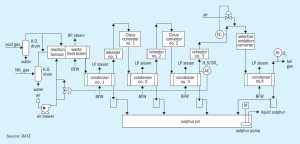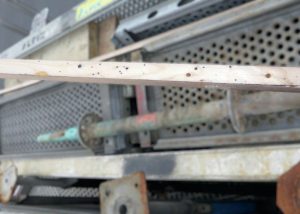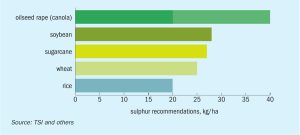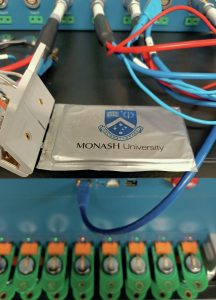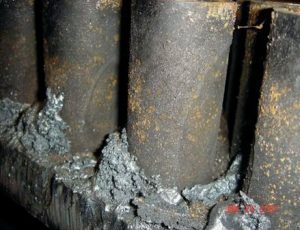People
Clariant has announced a reorganisation into three global business units instead of the previous five, with the business unit presidents to be located in the regions with the largest customer base and highest growth potential for the respective businesses. It will also create a new executive steering committee that will include the CEO, the CFO and the presidents of the new business units. The company says that the new structure aims to reduce hierarchical layers, foster greater accountability, speed up decision-making processes and enhance customer proximity, while strengthening diversity.

